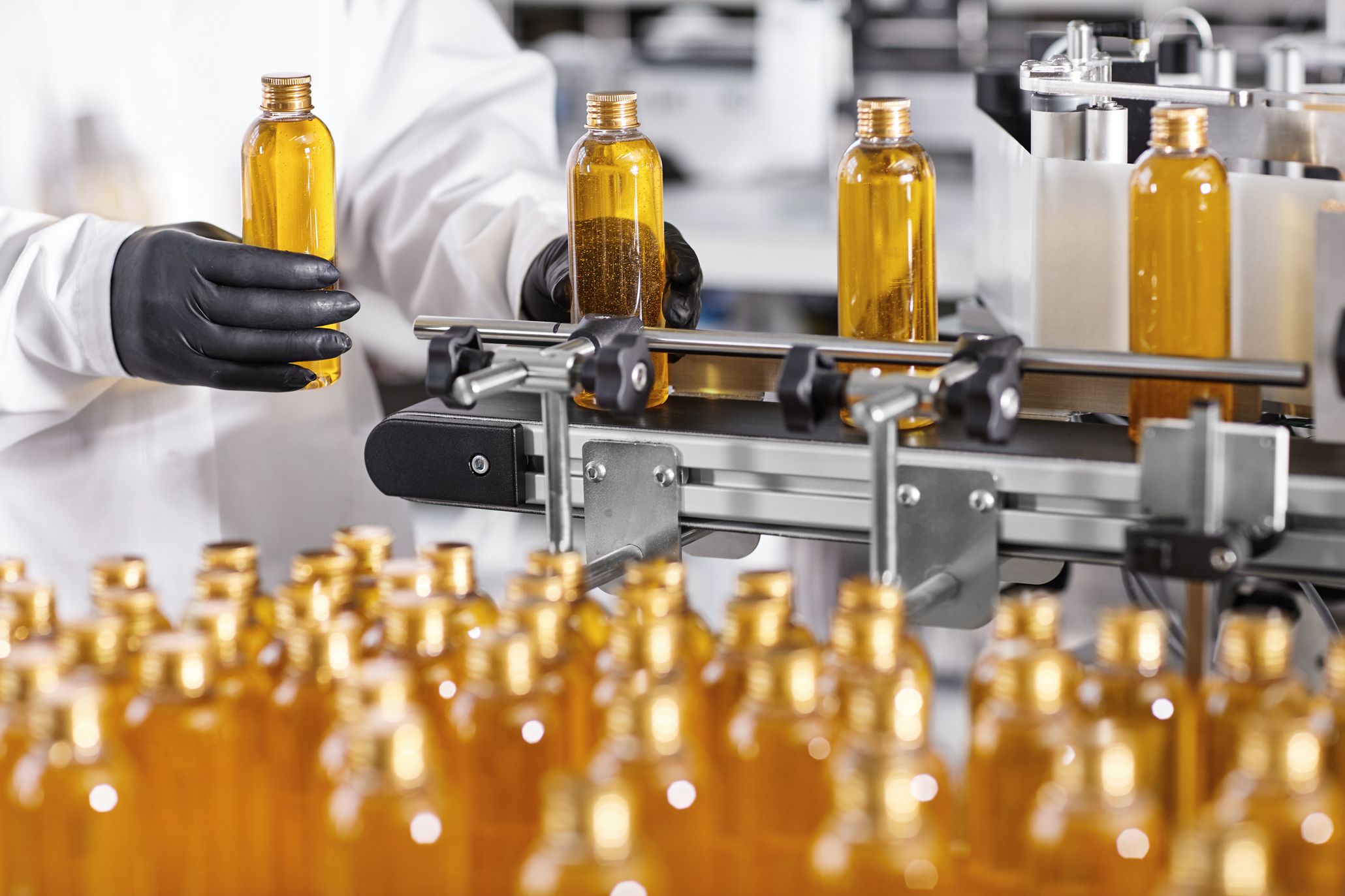Overview
The edible oils plant conducted a caustic clean the HEX evaporator at its factory once per year. Immediately after the clean, the HEX would perform to design requirements, but would slowly decrease in efficiency throughout the year.
A deep analysis of the data points within the distillation process by CoolPlanet’s engineering software platform, CoolPlanetOS, highlighted the cause as well as optimisation opportunities. These were implemented and the site is now profiting from the benefits.
Key Stats
€110,078
Savings
0.14 Years
CAPEX Payback
Challenge
Firstly, CoolPlanetOS analysed data relating to the second stage evaporator (shell & tube HEX) residing in the distillation process, which used steam to heat up miscella. It found steam use was exceedingly high in the process and steam flow was very erratic.
The discovery of this exceedingly high use of steam was due to a digital twin modelled in CoolPlanetOS, whereby live data points were used along with the technical characteristics of the HEX. This enabled CoolPlanetOS to model and trend how much steam the HEX should be consuming to reach set point temperatures in the miscella stream.
The analysis was verified through benchmarking. As CoolPlanetOS is deployed over multiple sites with the same process and throughput, accurate and live benchmarking is continuously taking place. When this HEX was compared to one in a newly built factory, it substantiated the findings from the digital twin.
Secondly, CoolPlanetOS analysed why the HEX would slowly decrease in efficiency in the months following a caustic clean and shutdown. CoolPlanetOS was able to pinpoint the moments of efficiency decrease and tie these moments to when the pump, which is pumping the miscella through the circuit stops, and in turn they also simultaneously stop the steam supply to the HEX.
There were no de pressurisation measures in place so the already pressurised HEX would burn the miscella to its walls and fouling would occur. Even though this event only occurred 3-5 times a year, it had a huge impact on the efficiency of the HEX, decreasing it by almost 15%. The main consequence was the fouling of the available heat transfer area, with the subsequent reduction in the overall heat transfer coefficient and thus a higher sustained consumption of steam than is required.
One last step of verification took place which helped prove the theory and provided for more in depth constant monitoring around a key piece of equipment on an ongoing process.
A temperature transmitter on the steam stream entering HEX and before and after the steam trap on the condensate circuit were installed.
Below were the average readings found:

The temperature exiting the HEX is extremely low and shows that the process is consuming not only the latent heat of the steam but also the sensible heat of the condensate created. This is not an efficient way to transfer heat in a HEX.
This suggests a problem with either: (a) the HEX (b) Process parameters (c) The sizing of the steam trap
To rule out point (c) a drain test was performed on the exit of the HEX. This showed a constant stream of low-pressure condensate at approx. 63°C. At no point over approximately 10 minutes of draining could we draw steam through the shell. When closed back up a pressure gauge at the HEX exit read 1 bar. This is a pressure drop of 2.8 bar across the HEX. We are now left with the conclusion that either (a) The internals are fouled or (b) The process demand or flow is too high.
Point (b) can be ruled out as the flow is identical to other sites utilising the same equipment.
Solution
With the knowledge of how, when and the cost of this event outlined by CoolPlanetOS, we were able to design and implement measures to negate the fouling from occurring. A new interlocked pneumatic valve was installed on the steam supply and controlled by a signal from the miscella pump. When the pump would stop, the new valve opens, dispersing the pressure and preventing fouling from stationary miscella becoming burnt and sticking to the walls of the HEX. Savings of €56,802 were made from this action.
Now that this particular HEX on all the sites was not becoming fouled, CoolPlanetOS was able to start comparing how each of the sites were controlling the process around it. Instant savings were realised with no capex required. It was found that multiple sites with the same product throughput were consuming different levels of steam via the HEX in question.
After just a short analysis it was found that each site was controlling the miscella stream at different pressure setpoints through the HEX. The site with optimal running conditions was immediately replicated across the other sites and the lowest savings achieved from this action was €53,276.
Results
CoolPlanet created €110,078 in energy savings for the client by optimising the HEX evaporator and steam use in the distillation process.
Savings of €56,802 were realised after measures were implemented to make the HEX evaporator more efficient and thus negate fouling from occurring.
A further €53,276 was saved after identifying the site with optimal running conditions for controlling the miscella stream through the HEX. This was then replicated across the other sites.
In terms of capital expenditure (CAPEX), the payback of the improvements made by CoolPlanet is estimated at only 0.14 years.



